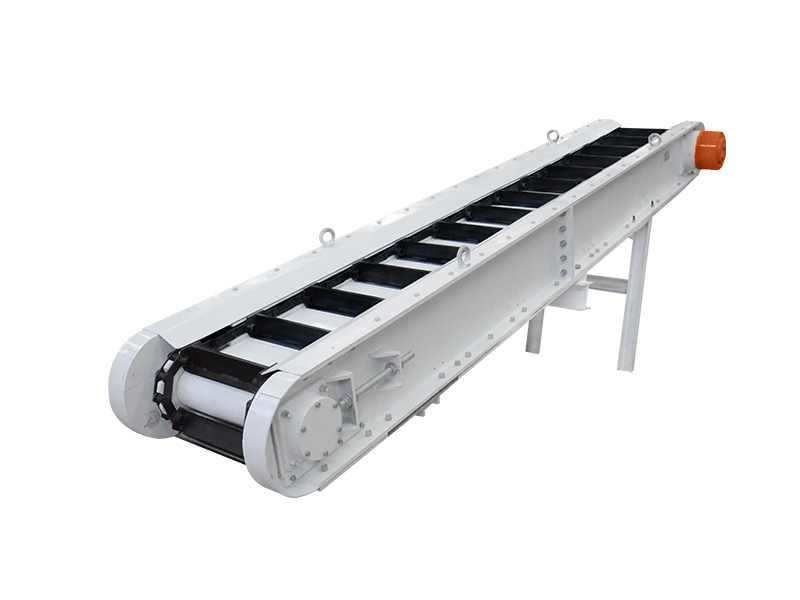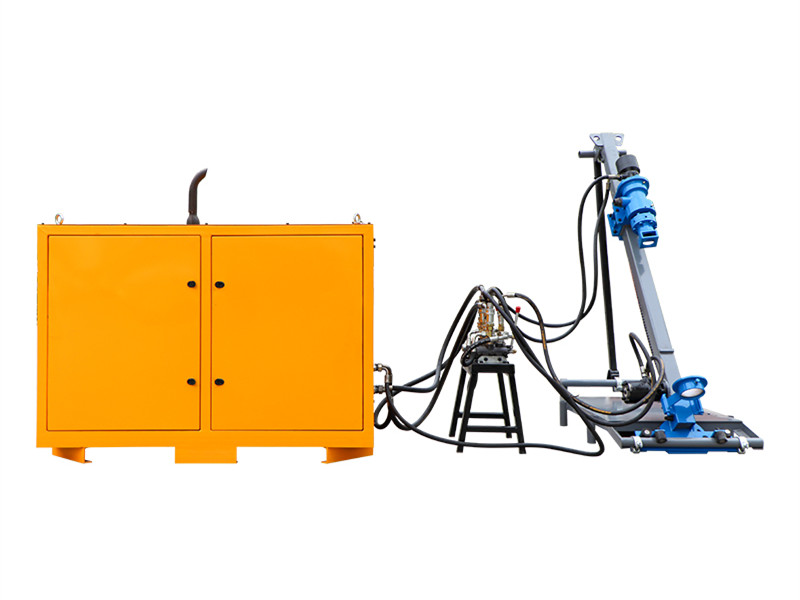Distributing grass seed on your land economically by hydroseeding can assist prevent erosion on a slope. Learn why choosing a professional hydroseeding business is highly important and why it isn't appropriate for every yard.
Homeowners looking for a fresh approach to a lovely lawn are becoming more interested in hydroseeding, particularly in big areas that are challenging to seed. Contrary to sowing dry seed or laying sod, this seeding technique employs a sprayer to simultaneously administer grass seed, fertilizer, water, and other chemicals to develop healthy topsoil for your new lawn.
In the process of hydroseeding, a sizable tank is filled with grass seed, water, fertilizer, mulch, and a binding agent to create a loose slurry. Through a discharge nozzle, the liquid is then sprayed directly into the soil. It serves as an alternative to both the traditional dry-seeding method and the installation of sod, in which the various components are scattered over the ground before being watered. (Conventional dry-seed application is a precise procedure that doesn't need specialist equipment, but it takes longer and requires more manpower.)
In the 1940s, hydroseeding—also known as "hydraulic mulch seeding"—was created to effectively "blow" seeds onto difficult-to-reach slopes. Hydroseeding is currently applied to certain residential properties and is still an affordable method of establishing grass along roads and other business properties. For you and your yard, hydroseeding has a number of advantages, including:
1. Cost-effective: Hydroseeding is less expensive than sodding with established grass for a sizable area.
2. Quality grass: High-quality grass is produced by hydroseed combinations, which cover grass seed in mulch and fertilizer to hasten germination.
3. Erosion control: Hydroseed conserves moisture and guards against the wind, rain, and insect erosion.
4. Weed prevention: Grass seed is coated in a slurry to aid in germination and smother weeds while developing, and hydroseed combinations have fewer weed seeds overall.
5. Professional application: The hydroseed mixture can be applied swiftly by a professional hydroseeding firm.
Hydromulching vs. Hydroseeding
Despite the fact that the terms hydromulching and hydroseeding are sometimes used interchangeably, they are not the same. A slurry of mulch, seed, fertilizer, water and other additives is used in hydroseeding. This mixture offers mulch for grass seed in addition to the necessary seed and fertilizer.
Especially on slopes or in places devastated by land disturbances like construction or wildfires, hydroseeding is intended to generate vegetation that will give an attractive ground cover, minimize erosion, and create a ground cover for residential yards. Hydroseeding is normally only used for bigger regions because it is a costly way of seeding.
In contrast, hydro mulching or spray mulching uses a mulch and tackifier but no seed. The purpose of hydromulching is to temporarily limit erosion by placing a barrier over the exposed ground. Hydromulch can be made from a range of substances. Some hydro-mulch, which is created from cellulose fibers that have been regenerated, contains only cellulose. While some hydromulches contain a mixture of cellulose and wood fibers, higher-quality hydromulches are made entirely of wood fibers extracted from wood chips.
If you are interested in our hydroseeder machines, please contact us. Email address: sales1@leadcrete.com
Your position:
Home > News > Product News
Hydroseeding: Does it Work for Your Lawn?
date: 2022-08-22
Inquiry
Please feel free to submit your inquiry information to us. We will contact with you as soon as possible.


.jpg)
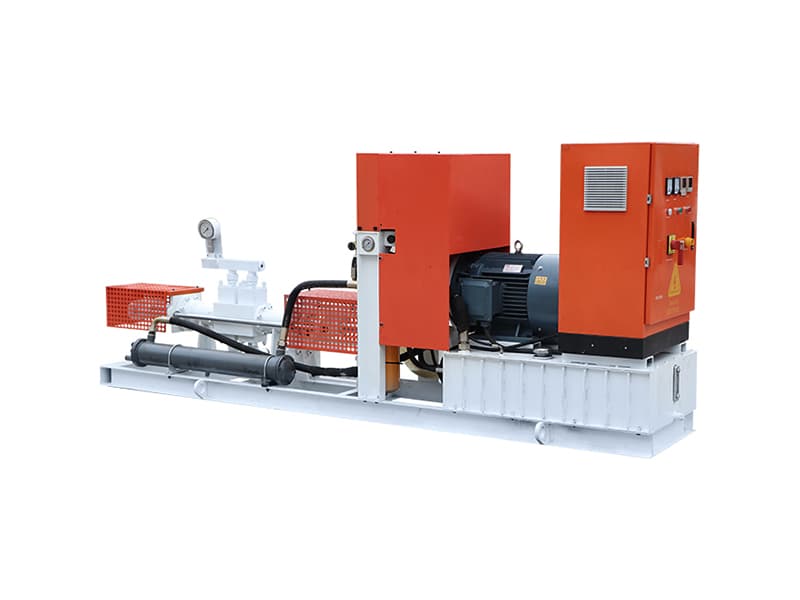
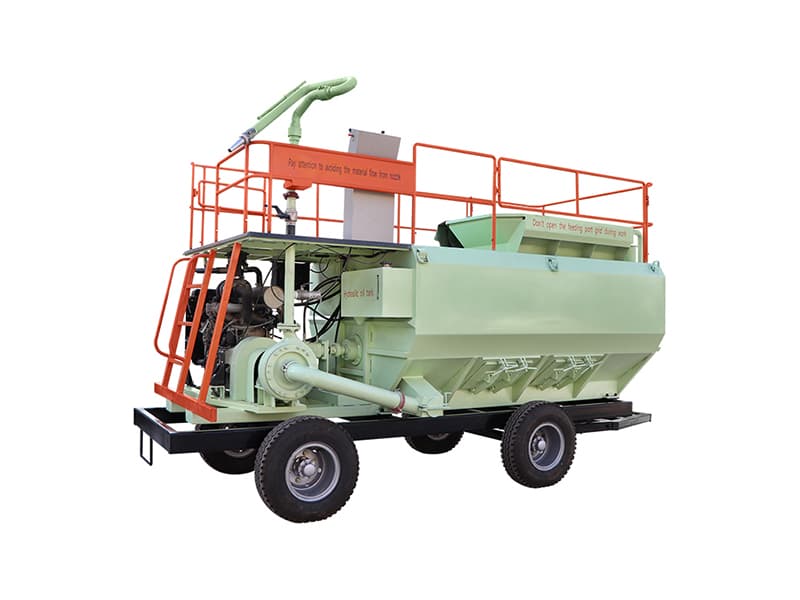
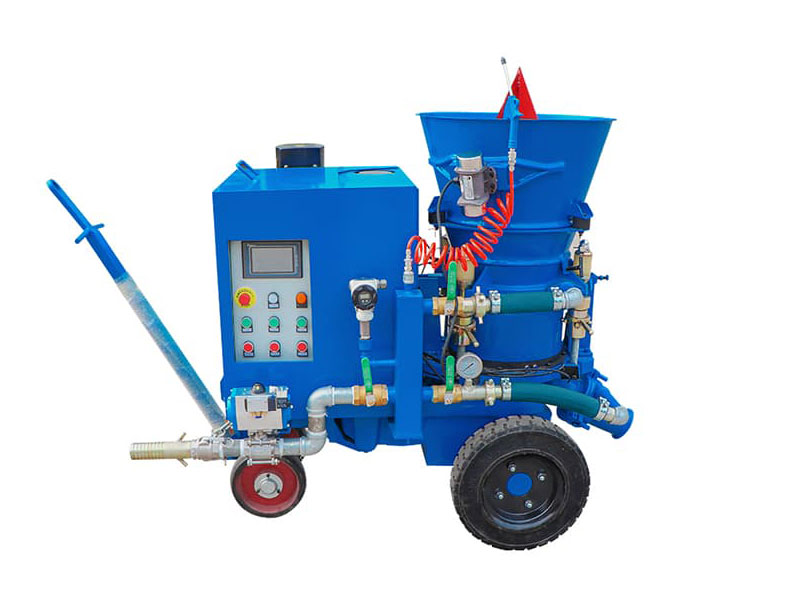

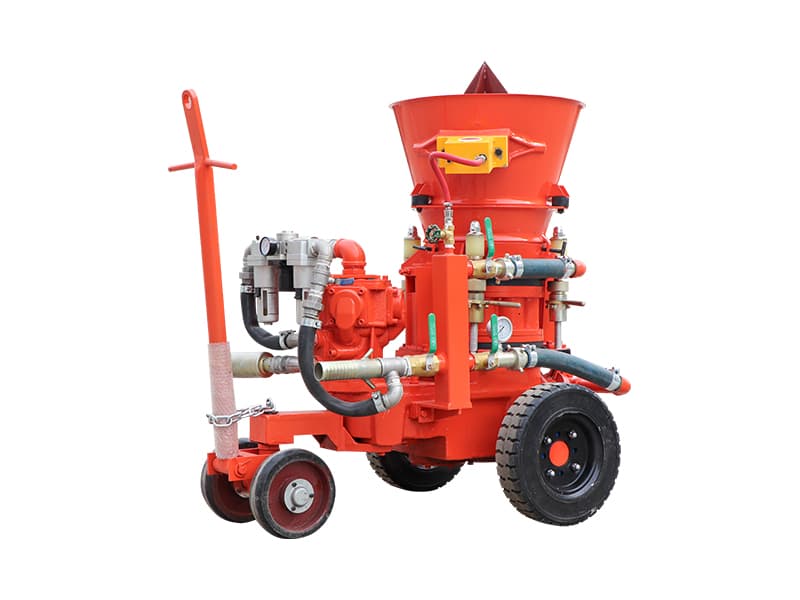
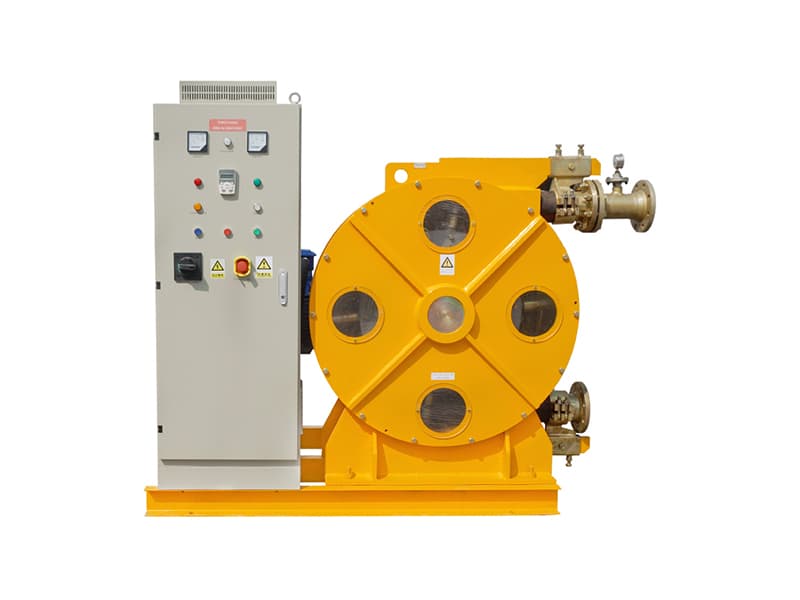
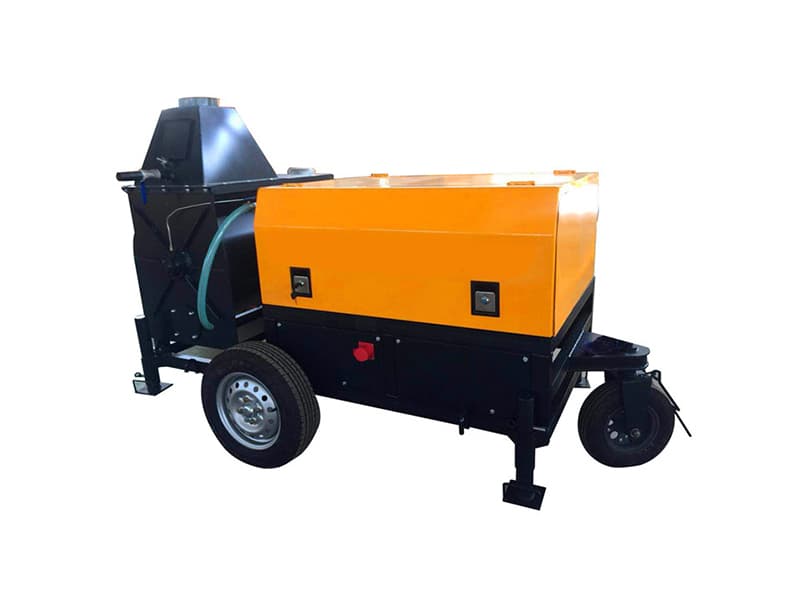
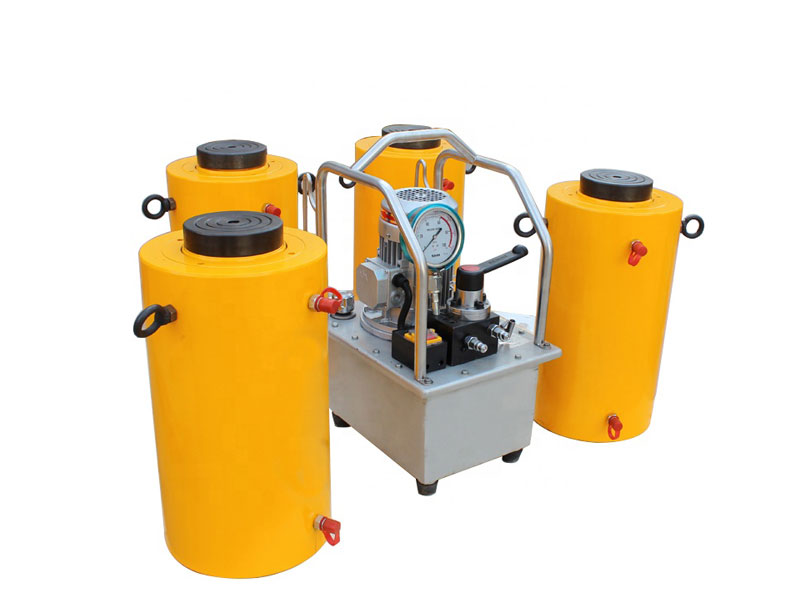
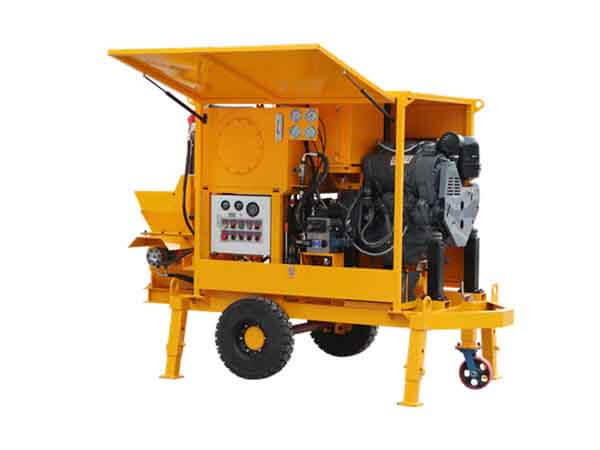
.jpg)

